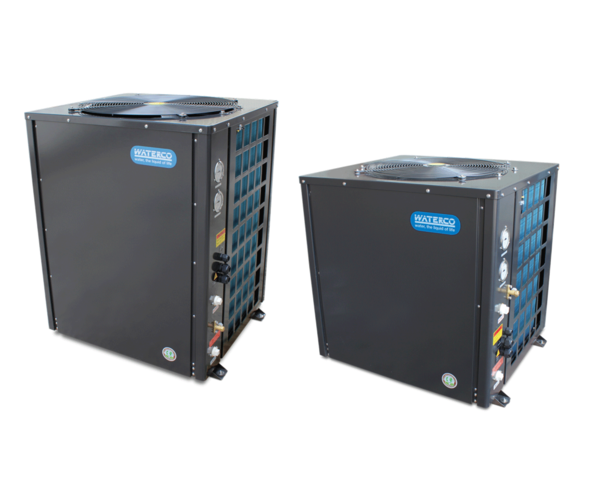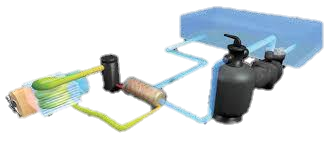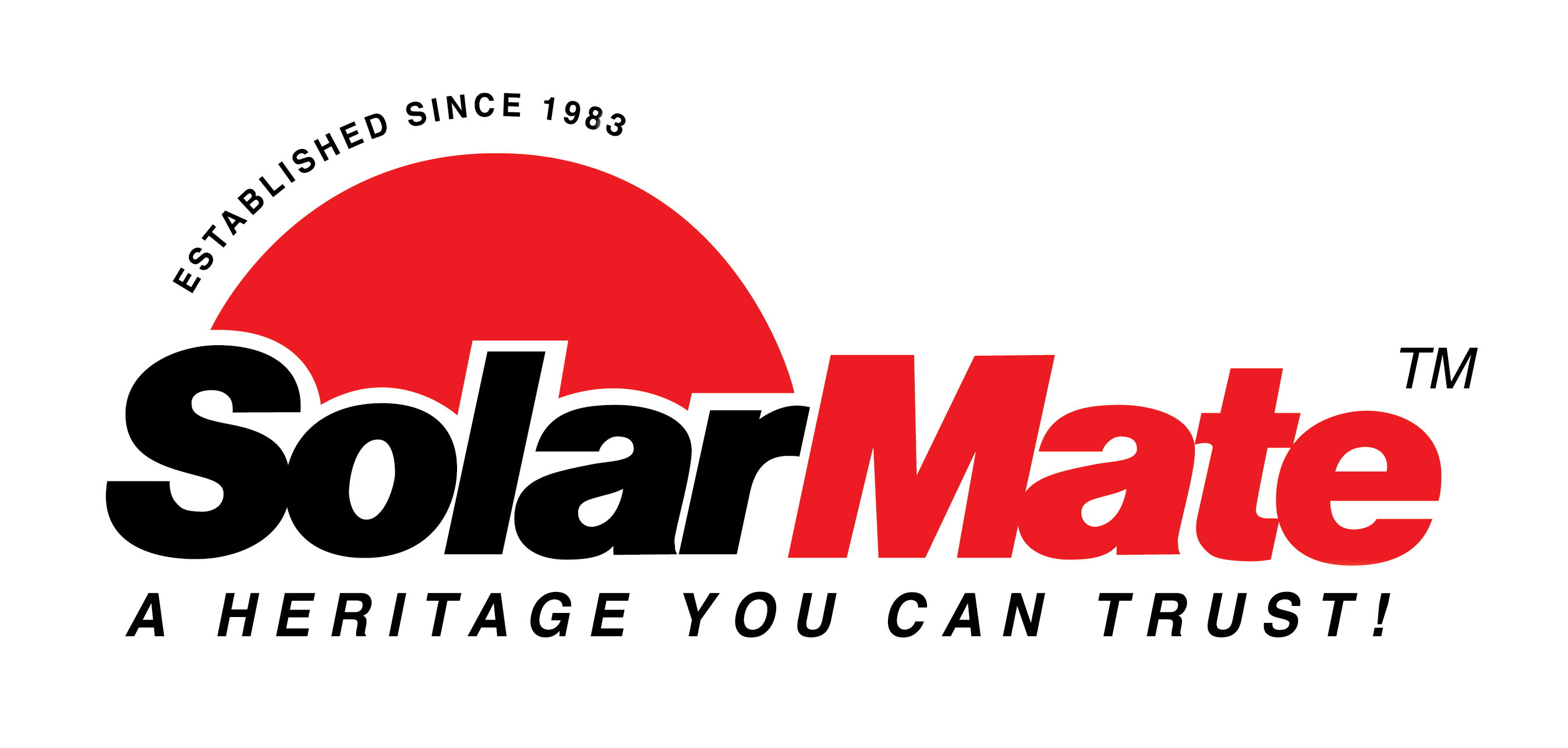
Air-to-water heat pumps are gaining in popularity when it comes to providing a building with a steady supply of hot water. They are impressive heating systems that work similarly to a central air conditioner and are becoming popular around the world.
Air source heat pumps are mechanical devices that extract heat from surrounding air and use it to heat water to provide a heating solution. The air that is transferred to water heats a building through radiators or underfloor heating.
The heat from the air is transferred into a fluid which then passes through a heat exchanger and into the heat pump. This transfers the heat to water and raises its temperature.
This is a good design option because it is more efficient than gas or electric boilers at converting a unit of energy to heat. It's a hot water system that will last a long time, thereby offering an optimal heating solution.
Air source heat pumps are also usable in cold regions including Australia and Northern Europe. Their efficiency depends on the outdoor temperature; they are not as efficient if the outdoor temperature drops to zero.
Benefits of Using Heat Pumps in Water Heating
- Saves energy costs
- Can be used all year round
- Provides a limitless amount of heat

3 Ways to Use an Air-to-Water Heat Pump Effectively
There are various ways to make the most of water heat pumps. They include:
1. Install the Heat Pump at the Right Location
The place where you install the water heat pump plays a significant role in determining its efficiency. Just as the name suggests, an air-to-heat water pump derives its main source of energy from the air.
You should position the unit on the floor immediately outside your property. It should always be installed in an open space and not a closed space, such as an attic or basement.
This reduces the pipework of the air source heat pump from the unit to your house and prevents unnecessary heat loss.
The place where you set up the pump should have enough air to provide for a sufficient heat source.
2. Backwash Water Filtration
Backwashing water filters involve reversing the flow of water so that it enters from the bottom of the filter bed. This washes the bed, eliminating impurities through the top of the filter tank.
The filter bed is usually the filter medium. If it is clogged by particles, you cannot make the most of the water heat pump. As the filter operates, it traps and holds particles in the filter bed.
This then restricts the flow of water into the heat pump, which may contribute to undesirable heating operation. It is recommended that the filter bed is consistently backwashed to eliminate trapped dirt and particles that may reduce the performance of the heat pump.
3. Ensure a Sufficient Level of Refrigerant in the Heat Pump to Guarantee Proper Heating
The amount of refrigerant in the heat pump is a hugely influential factor in determining a water heat pump’s efficiency. It is vital to ensure the amount of refrigerant is sufficient for desirable water heating.
The refrigerant circulates the heat source to the heat sink. It circulates through the heat pump to absorb, transfer, and release heat from one set of coils in the heat pump to another.
The heat pump must be installed in an open space so that the refrigerant can absorb heat from the outside coils and transport it to the indoor coils to heat the water system.
The heat pump refrigerant should always be checked and topped to ensure that it is in optimal working condition.
Final Takeaway
Air-to-water heat pumps are an amazing invention to heat the water of your home. These tips for using air to heat pumps will ensure that you are making the most of this heating solution. Also, they will ensure the need for less maintenance and lower costs.
For further information, get in touch with SolarMate, your solar water heater solution provider in Malaysia for residential, commercial and industrial use.
